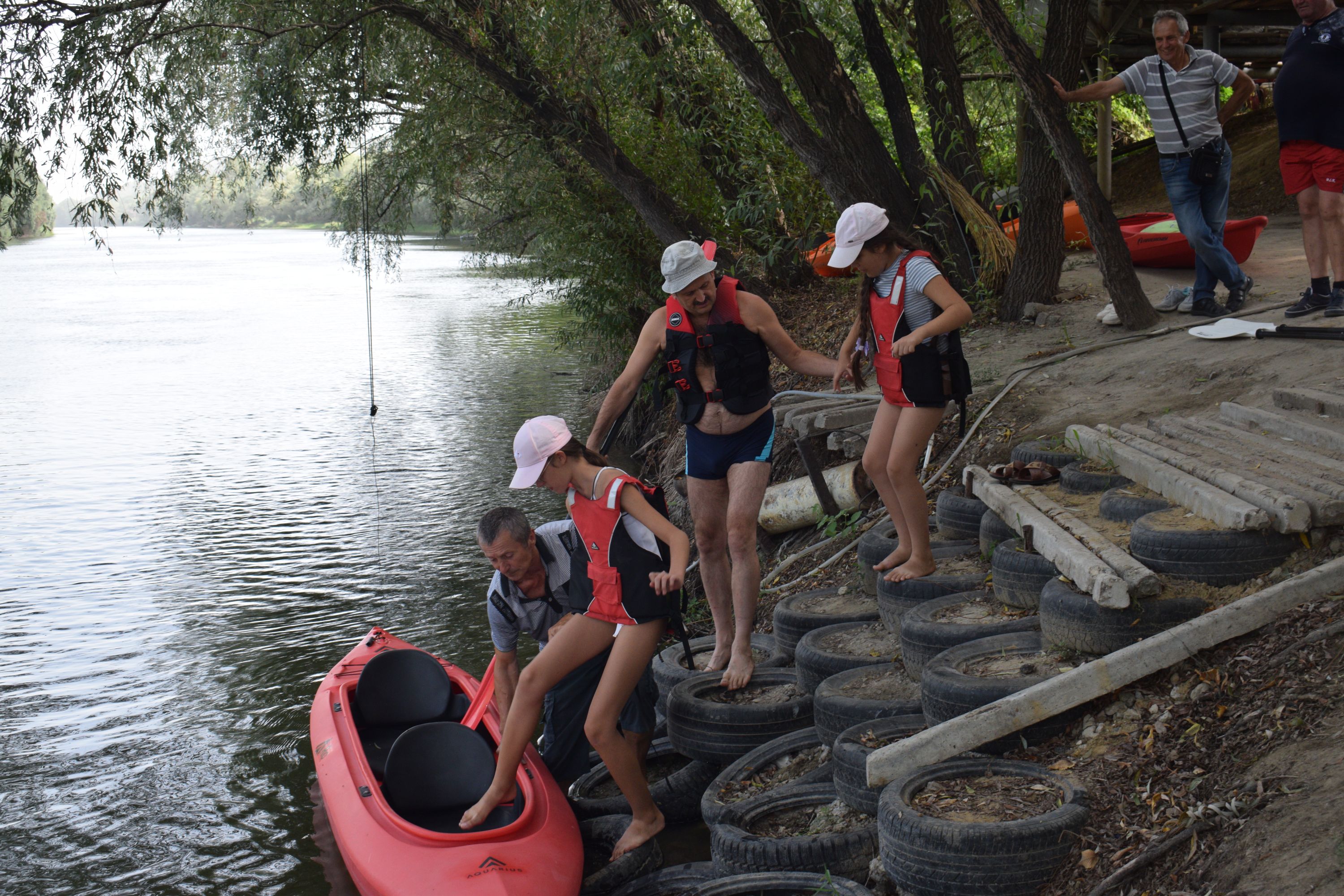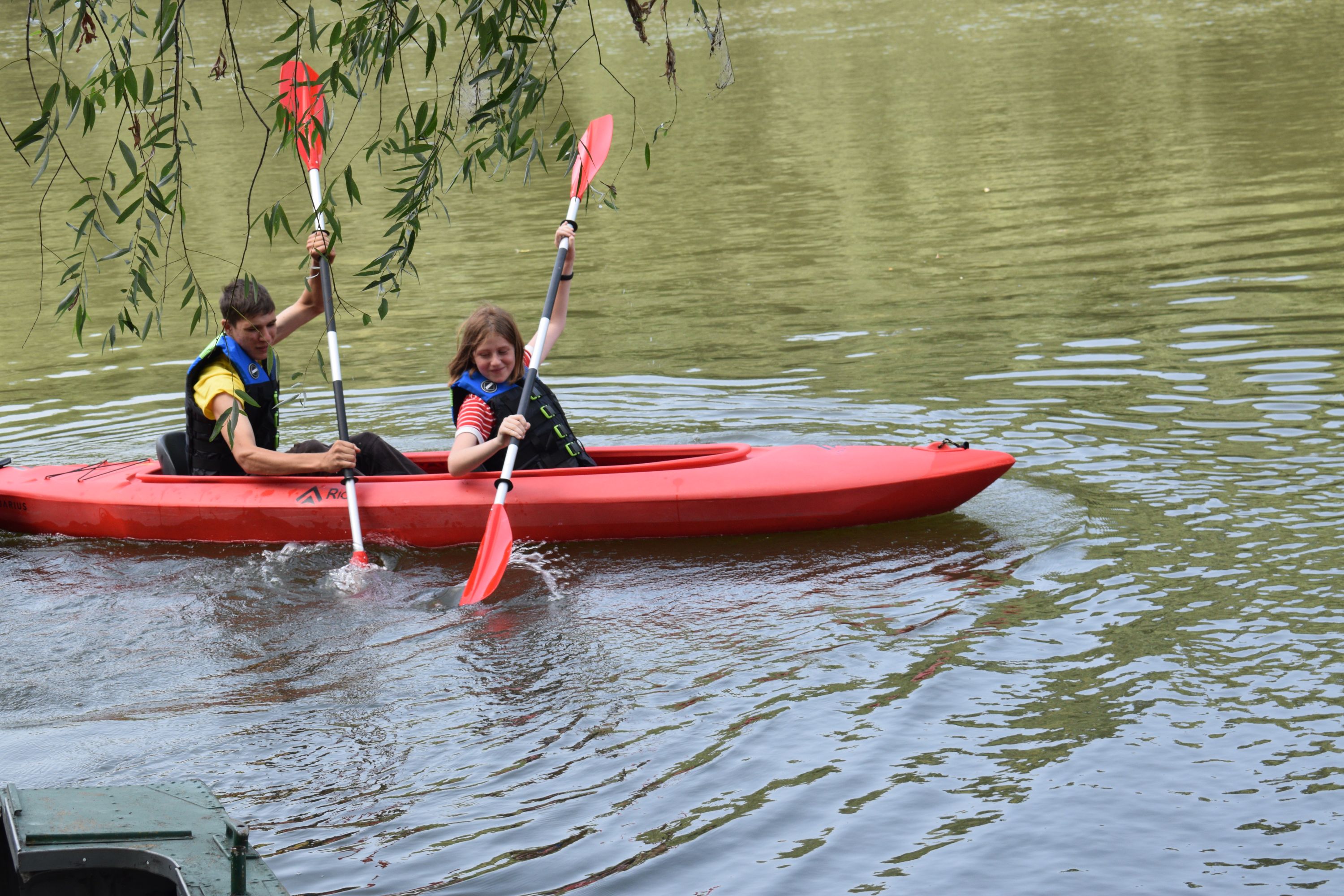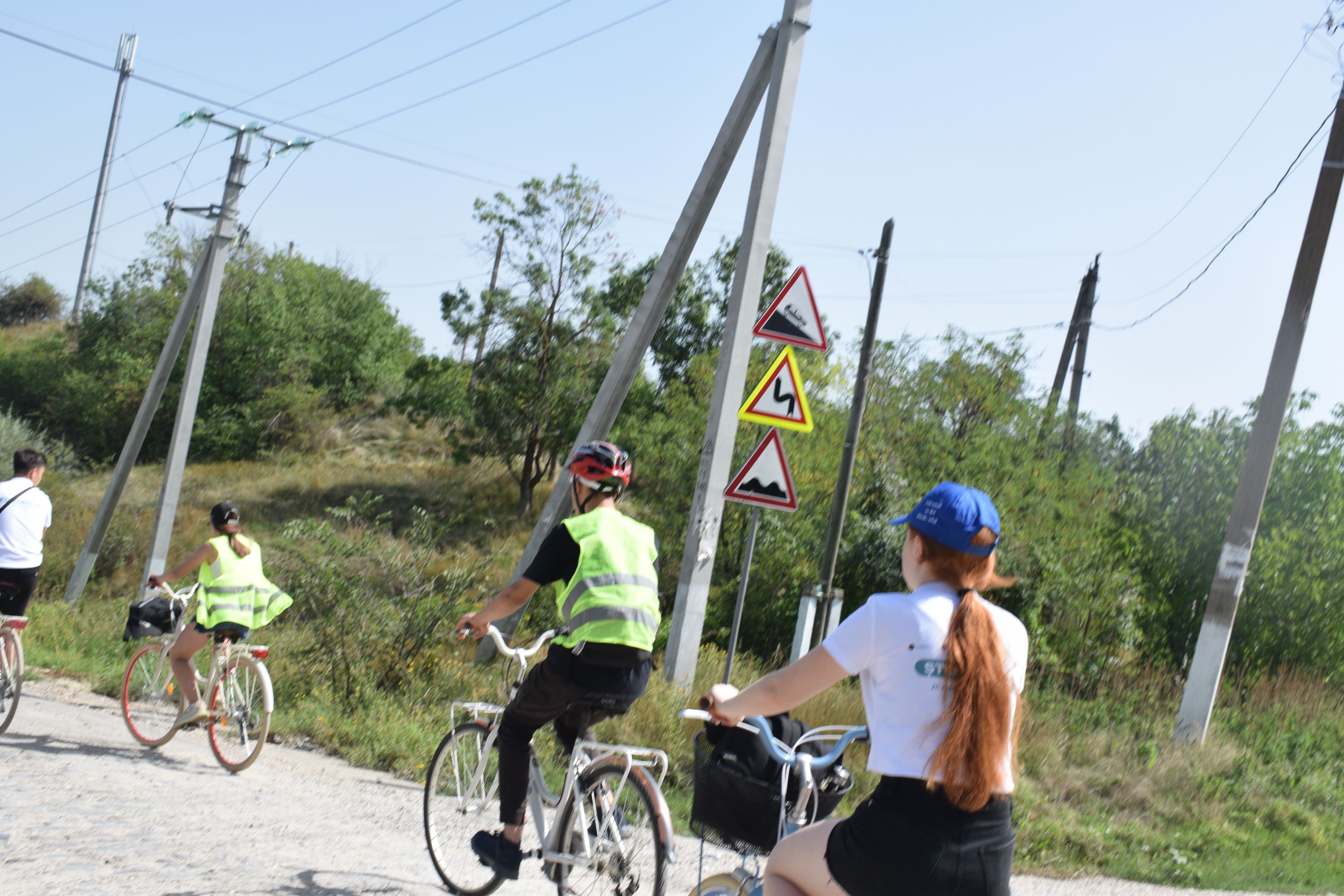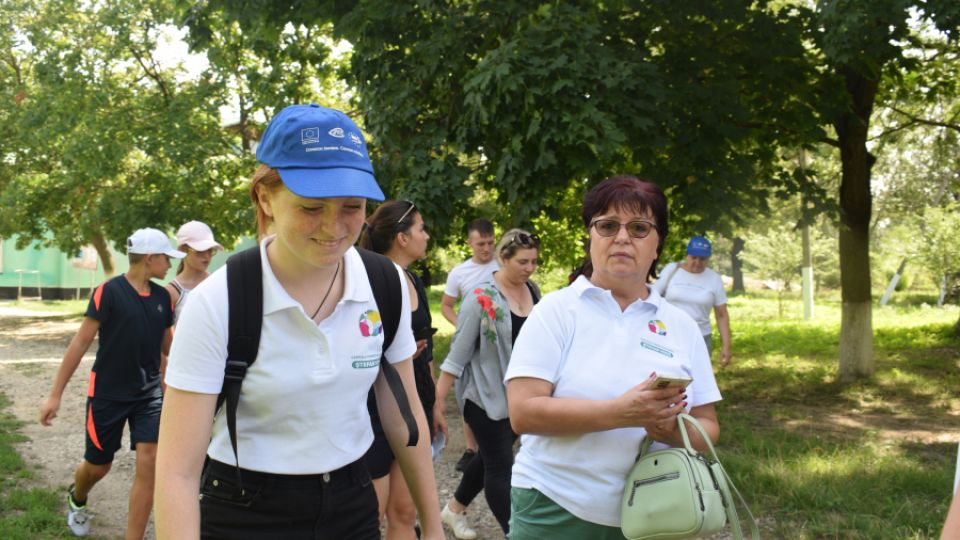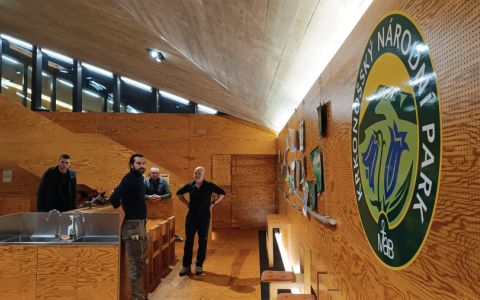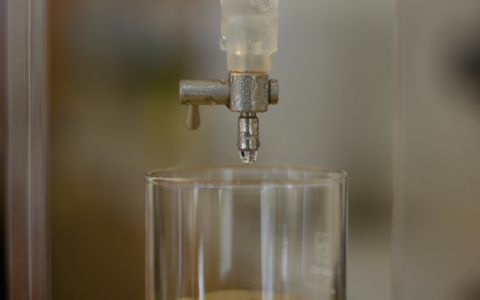Moldovan students got a taste of what "soft" tourism can look like, which is friendly to people and nature. During an excursion to the country's south in the new Lower Dniester National Park, they explored its beauty on foot, from the saddle of a bicycle and a canoe.
The sightseeing trip for local high school students took place in the Lower Dniester region at the end of August. It aimed to introduce young people to the potential of the newly declared national park and the opportunities it offers for sustainable tourism development. In addition to lectures and visits, the trip participants participated in volunteer activities on the ground. “We are happy that young people in Moldova are interested in the development of their region and in the way of traveling that is in harmony with nature and its protection,” says Pavel Pinkava, coordinator of the joint project of the NGOs Arnika and Biotica, within the framework of which the excursion took place.
The event was opened by the mayor of the town of Ștefan Vodă, which, with its almost eight thousand inhabitants, is the largest municipality in the national park and this year was declared the capital of Moldova's youth on the occasion of the European Year of Youth. The mayor gave the twenty-five students a tour of local landmarks, and then the group moved on to the village of Grădinita, where they visited a local winery and went on a cycling tour. The route of the trip also included sightseeing spots that have been beautified in the past years by our partner organization Biotica. The excursion organizers explained to the participants why the nature of the Lower Dniester region is unique and the importance of the newly created national park.
On the second day, the participants visited the Lomakin prospect with its chapel and the newly reconstructed memorial to the victims of World War II. Students also learned about the promotion and principles of soft tourism and the importance of environmental protection in the national park. After this theoretical introduction, they set about cleaning the beach in the village of Răscăieți. After lunch, the group moved on to the Meșter Faur guesthouse in Cioburciu, where folk craftsman Pavel Țăranu showed them how to weave baskets and other items from wicker. Afterward, the participants learned the basics of canoeing and went on a trip on the Dniester River, which is the biggest attraction of the area and perhaps of the whole of Moldova.
“The young people of the Lower Dniester National Park area are lucky to live in a region with invaluable natural value. We tried to allow them to experience interesting moments, to get to know each other, and to come up with new ideas for the development of their localities thanks to the excursion in August to the most valuable areas of the National Park,” concludes Liliana Josan, one of the organizers of the excursion and project coordinator of Biotica.

This excursion was supported by the Transformation Cooperation Programme of the Ministry of Foreign Affairs of the Czech Republic as part of a joint project of Arnika and Biotica.
